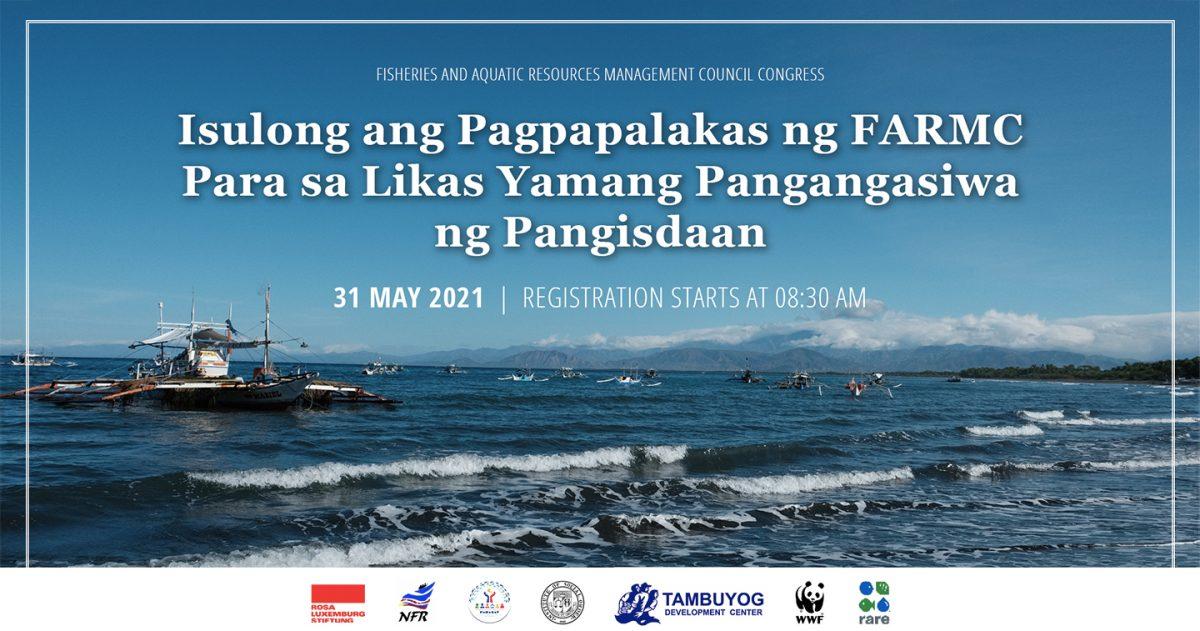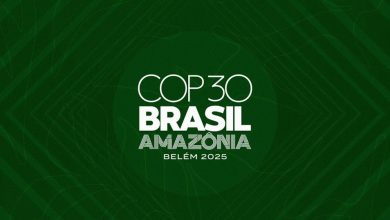MANILA, PHILIPPINES — In celebration of the National Fisherfolk Day, fisherfolk from across the country joined stakeholders in the fishing industry for the National Fisheries and Aquatic Resources Management Councils (FARMC) Congress, which was held online yesterday.
FARMCs, which are comprised of fisherfolk and government representatives, are governing bodies that preside over the management of fishery resources in their respective locales.

The result of a nationwide survey was presented during the Congress, wherein respondents said FARMCs in their respective areas perform their mandates. According to the survey, support for national government agencies such as the Department of Agriculture – Bureau of Fisheries and Aquatic Resources, local government units, and coordination between and among FARMCs, the National FARMC (NFARMC), and other regulatory institutions contributed to the positive performance of FARMCs.
“This first virtual FARMC Congress is very crucial in bringing together the different Councils from all over the country. We need to know how we can boost their engagement in advancing key policy reforms and fisheries governance. Our hope is to improve on our information flow and decision-making processes from the local level to the national level and vice versa,” said WWF-Philippines Program Manager Joann Binondo.
However, major issues such as illegal, unreported, and unregulated fishing in municipal waters, fish stock depletion, and weak capacities of FARMC members have also been identified by the survey respondents.
While FARMCs were established to both give fisherfolk a chance to influence national decision-making while facilitating the rollout of policies on a local level, structural gaps have kept them from being effective.
A policy paper was presented, outlining some of the key issues experienced by the countries’ FARMCs. Prepared by CSO group NGOs for Fisheries Reform, the paper pointed out the need for structural reform, development planning and fund mobilization for FARMCs.
Attending fishers also voiced their own experiences with IUU fishing, the degradation of fish stocks, and the lapses in communication between their local management bodies and those of the national government.
“FARMCs were conceptualized and lobbied into law by civil society organizations in the early 1990s as a model for co-management between government and fishing communities. It is high time to reflect on what has been achieved vis-a-vis the common goals of the sustainable management of the countries’ fisheries,” said Dinna Umengan, Executive Director of Tambuyog Development Center.
The recent gathering was the first-ever national congress since the first FARMCs were established back in 1998. Organized by the Pangingisda Natin Gawing Tama (PaNaGaT) Network, a coalition of organizations for ocean conservation and sustainable fisheries, the congress was held to allow the network of FARMCs to reconnect with one another while discussing their most pressing needs and concerns.
The range of issues presented both by the policy paper and by attending fishers highlighted the need for communication channels to be strengthened amongst FARMCs, the NFARMC and the national government, to further allow the managing bodies to meet the needs of their constituent fisherfolk.
“To strengthen the FARMCs is to strengthen the representation of small scale fishers in coastal and fisheries resources policy-making bodies,” said Ernesto Lim of NGOs for Fisheries Reform.
“This should be our wake-up call. Hindi man tayo maninirahan sa mga coastal areas o communities, mayroon tayong responsibilidad na alagahan ng ating karagatan, hindi lang para sa mga kababayan nating nakadepende ang pamumuhay sa katubigan kundi sa ating mga anak at kaapo-apohan na dedepende pa sa dagat,” said Senator Risa Hontiveros.








